A Canadian mining company in South Africa
South African game preserves are home to an abundance of wildlife including the elephant. The 40-year-old South Deep gold mine 75-km west of the Johannesburg international airport, is the elephant of gold deposits in the Witwatersrand Reef of South Africa, with over 50 million ounces of reserves.
In a bid to own part of the reef, Vancouver-based Placer Dome Inc. purchased a 50% interest in the mine in 1999 for US$235 million from Western Areas Ltd., which holds the other 50% interest. This transaction doubled Placer Dome’s reserves and made it the first and largest foreign post-democratization (1994) gold-mining investor in South Africa.
Along with the reserves came some challenges. The workforce was unwieldy and cash costs were as high as US$200/oz. Lost-time injuries and on-the-job fatalities were unacceptably high. There was a high HIV/AIDS infection rate (about 25%) in the workforce. In addition to this, the government of South Africa had initiated changes to mining legislation, causing market uncertainties.
An expansion and modernization program had already begun in 1994 and was aiming to eventually reach depths of more than 3 km below surface, replacing most of the traditional mining and hand-held machines with mechanical bulk mining methods. Few mines in the world work at this great depth, and none of the South African deep level mines had used mechanized methods in their deeper sections.
CMJ interviewed George Paspalas, Placer Dome’s executive vice-president for Africa, in early November about the progress of the expansion/modernization and other issues at South Deep. Paspalas is an Australian chemical engineer who has worked for Placer Dome for more than 15 years, and has been in South Africa for the last year.
Modernization program
Placer Dome’s interest in Southern Africa was keen even before the company acquired its stake in the South Deep mine. “We’re gold miners,” explains Paspalas, “and if you want to be in the gold business, you want to be at the right address. The largest endowment of gold in the world is in the Witwatersrand basin,” so when the opportunity arose to acquire a 50% interest in South Deep, Placer Dome moved in.
On the plus side were South Deep’s proven and probable reserves and astonishingly long mine life. As of Dec. 31, 2002, gold reserves totalled a whopping 57.3 million ounces, making it one of the world’s largest known gold deposits, with enough ore to ensure the mine’s existence for 70 years at current extraction rates. The downside, however, was the outdated mining methodology and lack of modern infrastructure.
In order to maximize the mine’s potential, an aggressive modernization and expansion plan was launched at South Deep to increase production and access the deep reserves and resources. But sometimes the best plans get delayed; Paspalas concedes that the initial plans to ramp up production by almost 100% to 700,000 ounces by 2003 “were a little too optimistic.” He is confident, however, that “we will get there and it will be sustainable.”
Twin Shaft project
There are two elements of the expansion and modernization program. The first is the Twin Shaft project, started in 1995. This includes a 2,760-m ventilation shaft that was completed in 2001, and a 3,000-m single-drop Main Shaft currently under construction. At present, the Main Shaft is almost entirely equipped, with another 550 m of equipping to go.
The project is an engineering marvel and represents a significant first in mine design. The 9-m-diameter, 3,000-m-long Main Shaft uses long sections of reinforced structural steel to support the shaft operations in areas of weak ground stability. Once completed, the Main Shaft will reach the geographical centre of the South Deep orebody, where mining will continue for the next 20 to 30 years.
While the use of steel towers in shaft equipment is not new to mining, Paspalas points out that previous tower sections installed in shafts were generally retrofitted, making the Twin Shaft project unique because the towers are being constructed at the time of the shaft’s development. In addition, the size and degree of precision required at South Deep makes the Twin Shaft project one of a kind. A 157-m-long steel tower was recently installed that hangs from engineered bridge beam sets recessed into the surrounding rock. The tower, which was built in 12-m sections, has a tolerance of just seven mm of the required 157-m length. This degree of precision, however, has led to some delays in the project.
The first of three sections to be installed will total more than 385 m in length. The remaining steel-reinforced sections are being constructed and the project should be completed in late 2004.
The scope of this endeavour is hard to imagine but can be put into perspective: “Down this 9-m hole we’re putting a mass of steel that’s only a few hundred kilograms shy of what’s in the Eiffel Tower,” says Paspalas. “It has to be constructed to high tolerances because the skip will take 30 tonnes of ore at 66 miles per hour, and the triple-deck cages will carry 240 people per trip.”
A new hoist has also been installed, and the surface facilities have been improved and expanded. The new 8-m-diameter hoist will increase the hauling capacity from 160,000 tonnes to 220,000 tonnes per month. In order to handle the expanded capacity, a new 7,200-tonne/day mill, commissioned in 2002, has been in operation for the past 13 months.
The other key component of the expansion and modernization program at South Deep was the introduction of mechanized mining. According to Paspalas, mining at South Deep is “very amenable to mechanization” because of the configuration of the ore. “There are improved efficiencies and improved abilities to handle larger volumes of rock. It also removes a significant number of people from the face and puts them in air-conditioned cabs, from where they operate the machinery.”
South Deep now has five trackless mine fleets that include drills, scoops and loaders. These mechanized mine fleets generate approximately 50% of the current production. By 2007, there are plans to have eight trackless mine fleets that will provide 70% of the forecasted production.
Safety measures
Five years ago, the South Deep mine had a lost-time injury frequency rate of about 6 per 200,000 hours worked, and there were as many as seven fatalities per year in a workforce of over 7,000 people. The mine began to implement a program of re-engineering tasks to protect workers from hazardous situations. For example, ground support is now being provided in the form of roofbolts and shotcrete almost right up to the working face, and cemented backfill is being used to support mined-out stopes. The move to mechanized mining is placing more of the workers in cabs, protected from rockfall. There has been a lot of work on the ventilation, so the fatigue rate has also improved.
Re-engineering of tasks brought the lost time frequency at South Deep to levels comparable to or better than the rates in the mining industry in Canada (1.5) and Australia (1.8), according to Paspalas. There has been a progressive reduction in the frequency rate, in the number of total injuries and serious injuries, but the rate of reduction had slowed down, and there continued to be fatalities.
As a result, intense safety behaviour awareness training was started in March of this year for all employees, and it seems to be having an effect. South Deep recorded a 0.95 lost time frequency for this year to the end of October. The construction project has completed 5.5 million hours worked without a lost time injury this year. There was only one lost-time injury in the conventional mining section in the month of September “which is unheard of,” says Paspalas. “The stope mining typically accounts for 70-80% of our injuries,” he continues. “It’s now below 50%. However, we have had three fatalities this year.”
Care program for laid-off workers
The low gold price at the time, the closure of Sub Vertical 1 (SV1) and an incapacity to renew the full calendar operati
on agreement all led to a management decision to reduce the workforce at South Deep from about 7,500 plus 2,000 contractors in 1999 to about 4,900 today plus about 1,500 construction contractors.
The downsizing meant that over 2,000 people were retrenched (laid off). A program called “Care” was started in 1999 to ensure former employees landed on their feet and found other sustainable occupations. The program followed the workers back to where they came from, and provided skills training. It continues to work with local and national governments and non-governmental organizations.
The Care program has been very successful: 92% of retrenches were traced and registered on the program, 71% personally or a proxy of their choice received financial life skills training, and 57% are now economically active. The majority have no desire to return to the mining industry. The program, which operates in Lesotho, Mozambique, Botswana, Swaziland and South Africa, has received international acclaim, and has received funding from the Canadian International Development Agency and the World Bank, as well as having received a World Bank funding award.
Changing legislation
An unnerving aspect of investment in the South African mining sector is the fact that mining legislation has been undergoing major revisions in the last few years. A new Mining Act was introduced earlier this year, with many new requirements for employment and ownership. CMJ asked Paspalas how this has affected South Deep.
“The new mining legislation is set up with a charter and scorecard. The scorecard, released in February 2003, is a list of requirements that mining companies must comply with. It was interesting to see that we were already doing the majority of the items listed on the scorecard in terms of training, employment of women, housing, rural development and employment of historically-disadvantaged South Africans (HDSAs) in management positions. That’s a testament to the way Placer Dome operates worldwide. We certainly support the intent of the new legislation.
“We have to get a little more aggressive in employing women. For over a year now we’ve had 50 women in a group that we’ve taken underground as miners and that program is working successfully. The bigger challenge will be getting more women to apply for vacancies.”
Regarding the requirement for mines to be partially owned by HDSA-controlled companies, Placer Dome Africa is engaged in a number of discussions with possible HDSA participants in the mining industry. Special consideration is being given to broad-based groups.
Wondering where the elephants are?
The African continent has become a significant component for Placer Dome’s future growth. In 2002, the company netted almost 195,000 ounces of gold (6% of its total production) from South Deep at a total cash cost of US$241 per ounce. South Deep, however, accounts for more than half of the company’s proven and probable reserves. In the meantime Placer Dome will also focus on increased exploration and development at its newly-acquired North Mara gold mine in Tanzania.
The question that still needs to be answered is–how debilitating will the social, health and safety and political issues of today be to gold mines operating in the decades to come? The answer will ultimately depend upon how quickly and effectively industry and governments react to remedy these problems. Placer Dome and many other global mining companies are addressing these concerns by funding programs to change conditions, not just because it’s good business but because it is the right thing to do. The safety and social programs are steps in the right direction. Hopefully, these and other corporate efforts will ensure that Africa remains a good place to find the elephants.
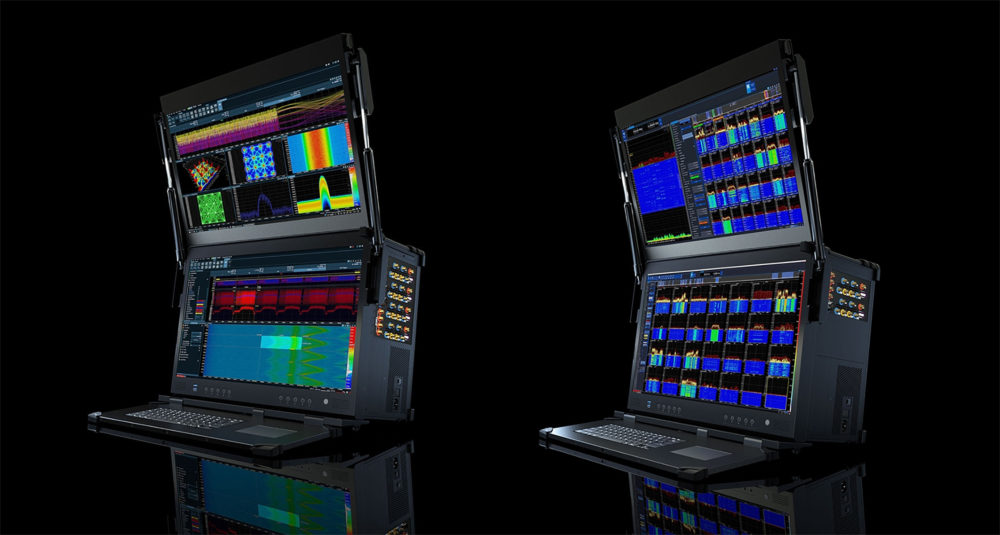
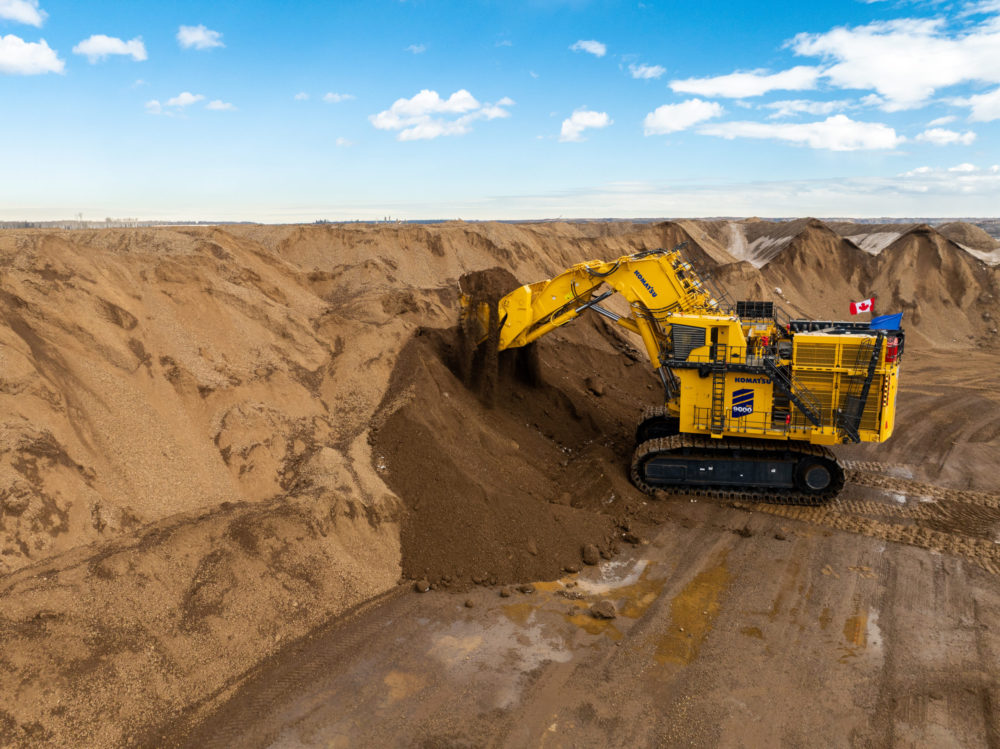
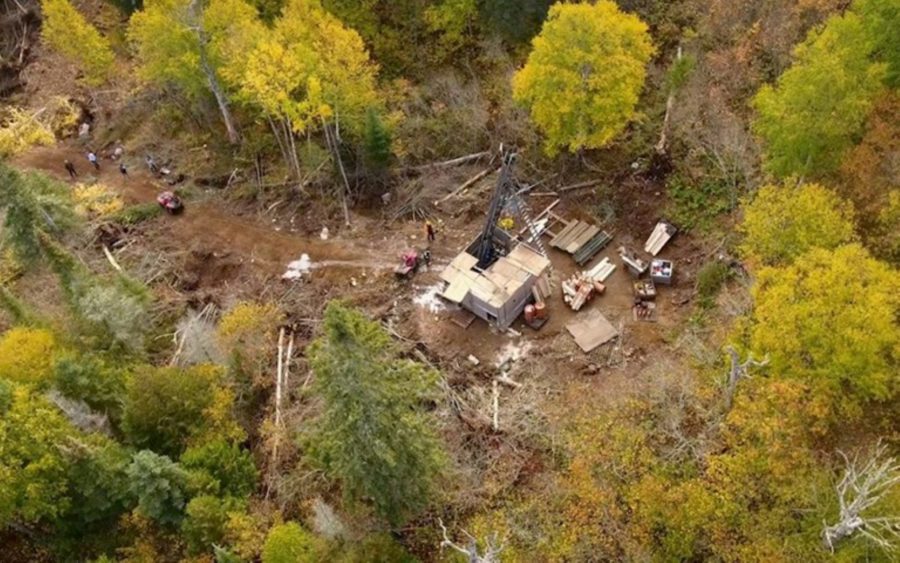
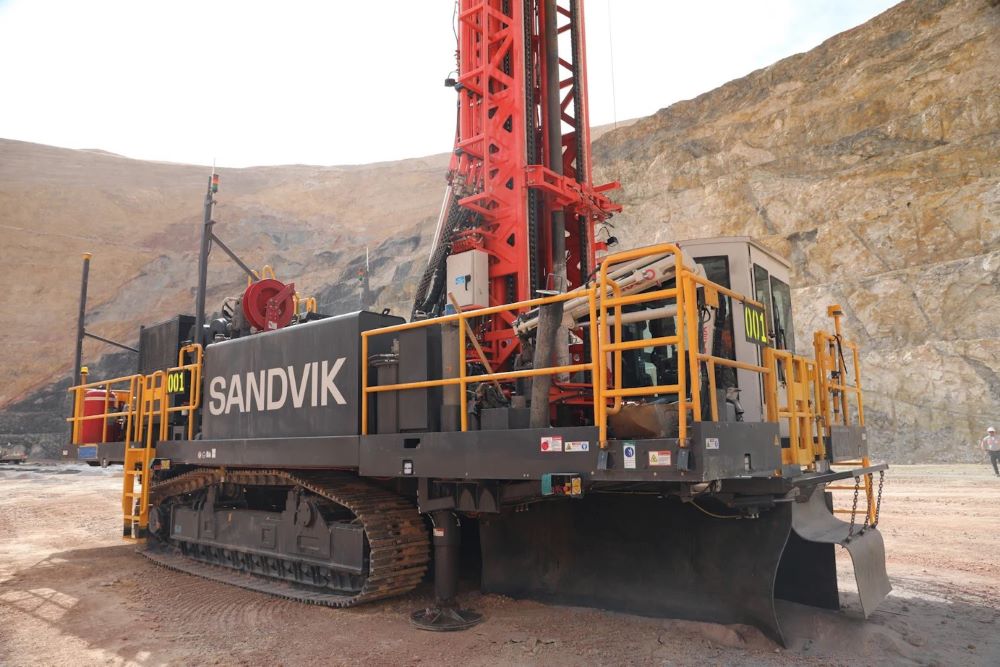
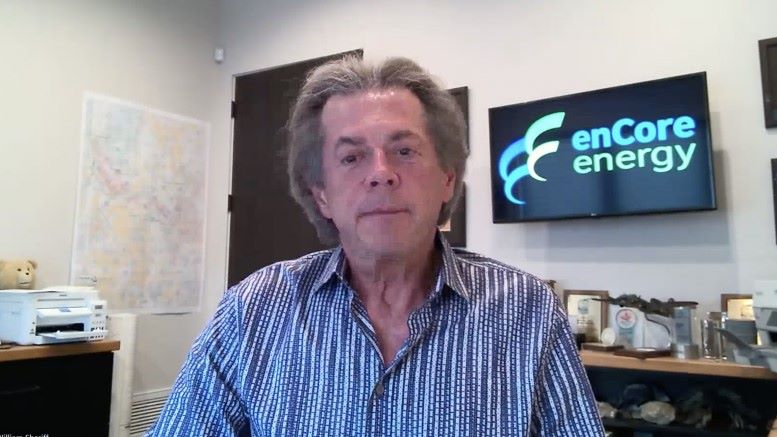
Comments